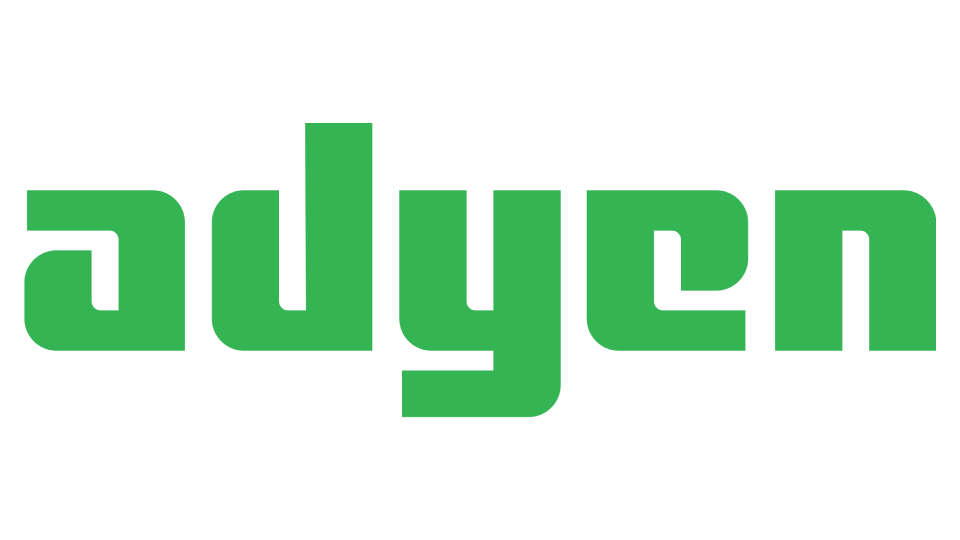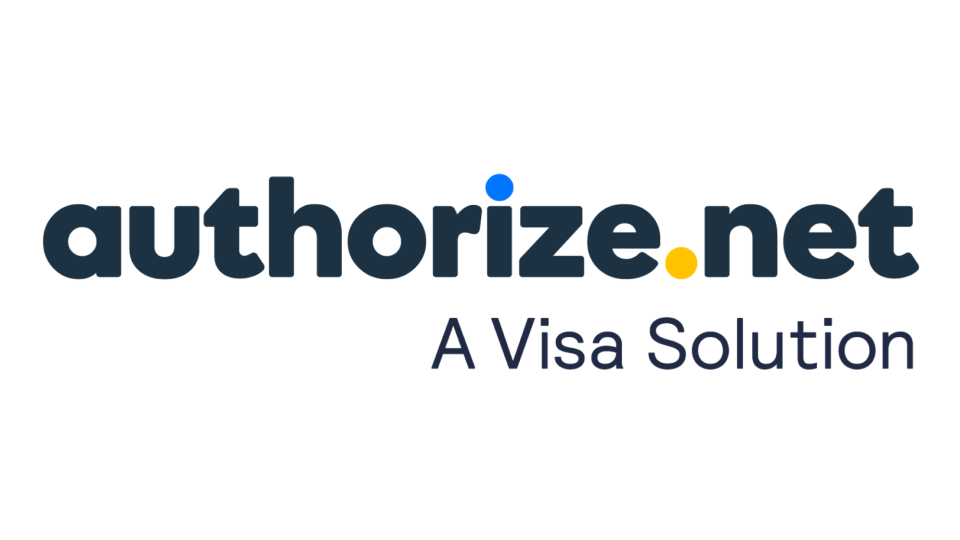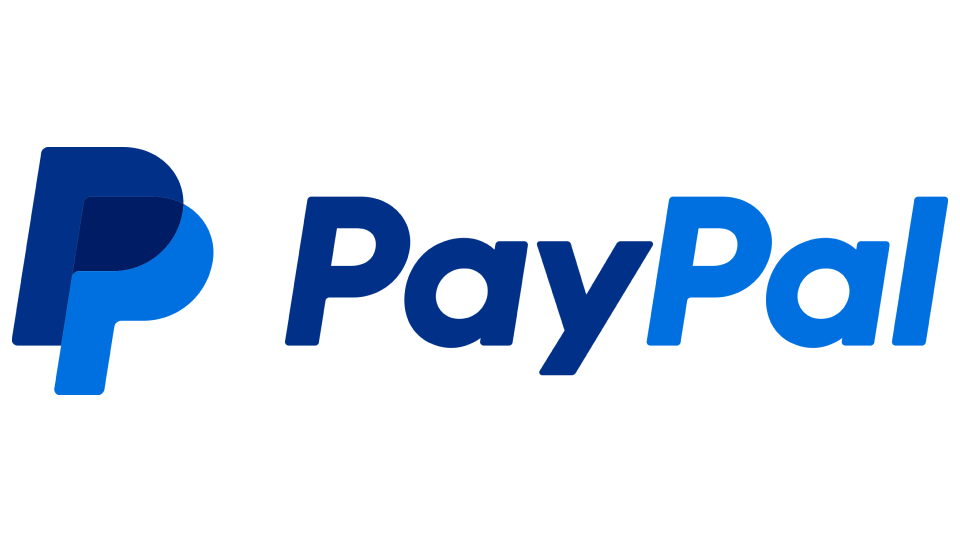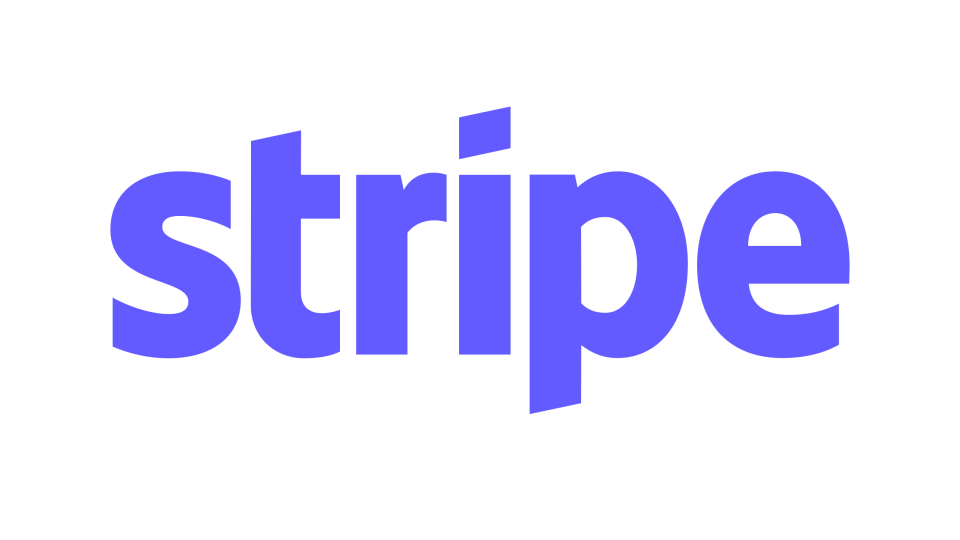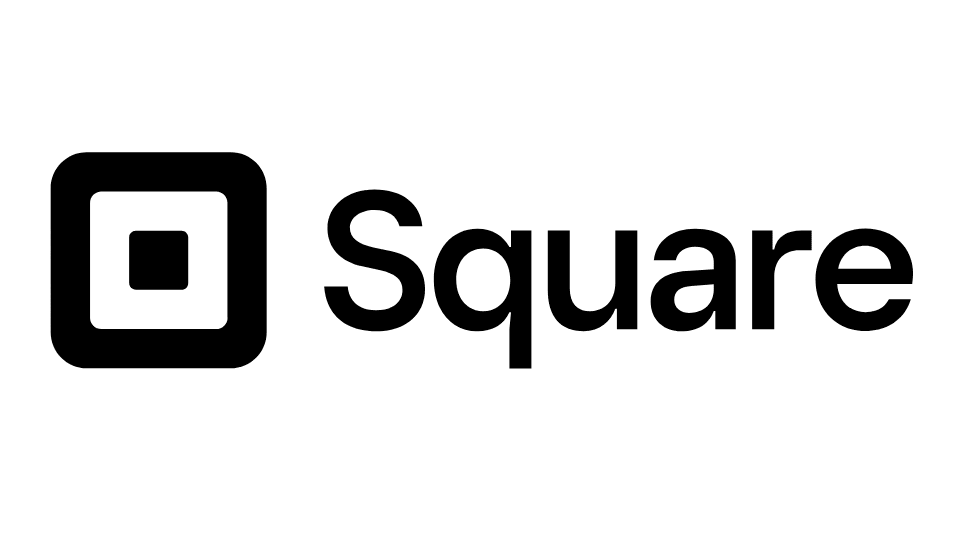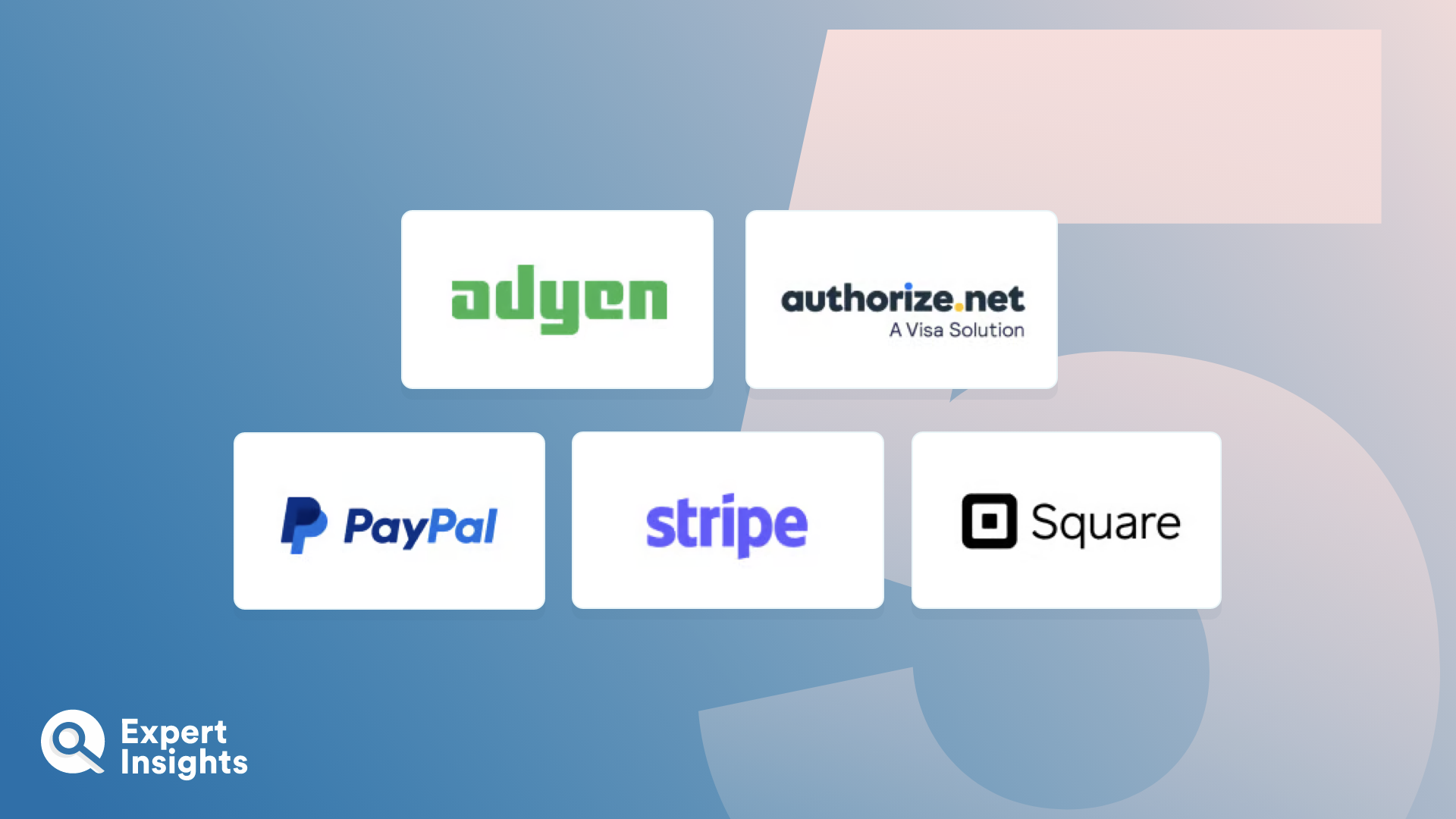Everything You Need To Know About Payment Gateways (FAQs)
What Are Payment Gateways?
Payment gateways are the applications and infrastructure that allow customers to transfer funds to you. We will all have interacted with payment gateways when we make online purchases. Payment gateways include physical devices, such as POS terminals and contactless scanners that will connect with mobile devices. In this article, however, we will focus primarily on web based technology for online orders. Many of the providers featured in this article also offer physical devices in addition to web capabilities.
Payment gateways deliver a secure and efficient way for your customers to pay you. They will include a series of measures and capabilities to keep transactions secure and payment details safe, thereby ensuring that customers trust you and are willing to part with their money. Beyond this, these platforms can offer other features to track orders, provide delivery updates, and work seamlessly across a range of sales platforms and channels.
How Do Payment Gateways Work?
Payment gateways act as a secure interface between the public and your bank account. They tend to be installed as part of a web shop where customers can buy products from your website. They can, however, be used in a range of different settings, including physical POS systems, contactless readers, and sharable payment links.
There are four ways that payment gateways can function: hosted payment gateway, API-hosted payment gateway, self-hosted payment gateway, and local bank integration.
Hosted Payment Gateway – This method is very hands off as a third-party will deal with all of the payment details and specifics. In practice, a customer is directed to a payment page that is hosted and managed by the third party. This is known as a Payment Service Provider (PSP). With this method, your organization doesn’t need to worry about regulatory compliance and if there are any issues with payments, you can rely on the provider to resolve it.
Self-Hosted Gateway – This method gives organizations more control over how payments are managed and dealt with. Your organization will collect payment details, which are then encrypted and sent to a third-party gateway to authorize the payment. As the payment occurs on your own site, the transaction can also be faster than if they were directed to an external site. While you have more control, there is also less infrastructure and resources to help you if you run into difficulties.
API-Hosted Gateway – This method gives your organization complete control over payment. In this case, the entirety of the checkout experience can be integrated and customized, ensuring that it all occurs as you wish. You will, however, need to take additional steps to ensure that you meet compliance and regulatory expectations. This will include SSL certification to prove PCI-DSS compliance.
Local Bank Integration – This is the easiest and most straight forward method. It involves directing the customer to a third-party site to manage the transaction. While this is the simplest method, it is also the most limited. You are unable to set up repeat payments and refunds are not as straightforward as with other methods. This is a good method for one off payments, that does not require any additional functionality.
What Features Should You Look For In A Payment Gateway?
Whenever money is involved, it’s important that you find a solution that works for you and that you understand the specific details of your platform. Selecting the right payment gateway is a critical decision. To help you choose the right solution, we’ve identified some of the top features that you should look for in a platform:
Customization – To ensure that your payment gateway fits your brand and can gather all the information that you need, your platform should allow a good degree of customization. This will allow you to select from preset forms, as well as add additional boxes and integrations. You should also be able to add custom branding and coloring to ensure the gateway fits with your organization’s aesthetic.
Payment Methods – Your platform should accept payments in a range of methods – this may include card, PayPal, Klarna, and other popular methods. Depending on where your organization operates, there may be different payment options that are more popular in specific territories.
Payment Links – Some platforms can create custom payment links or QR codes that allow you to accept payments via text or other messaging services. This makes it easy for customers to pay you in a way that suits them.
Range Of Authentication Methods – To ensure that payment methods are secure and that customers feel comfortable sharing their money with you, your platform should facilitate effective and reputable payment authorization. This might include MFA with authentication factors such as OTP, fingerprint, or SMS messaging.



